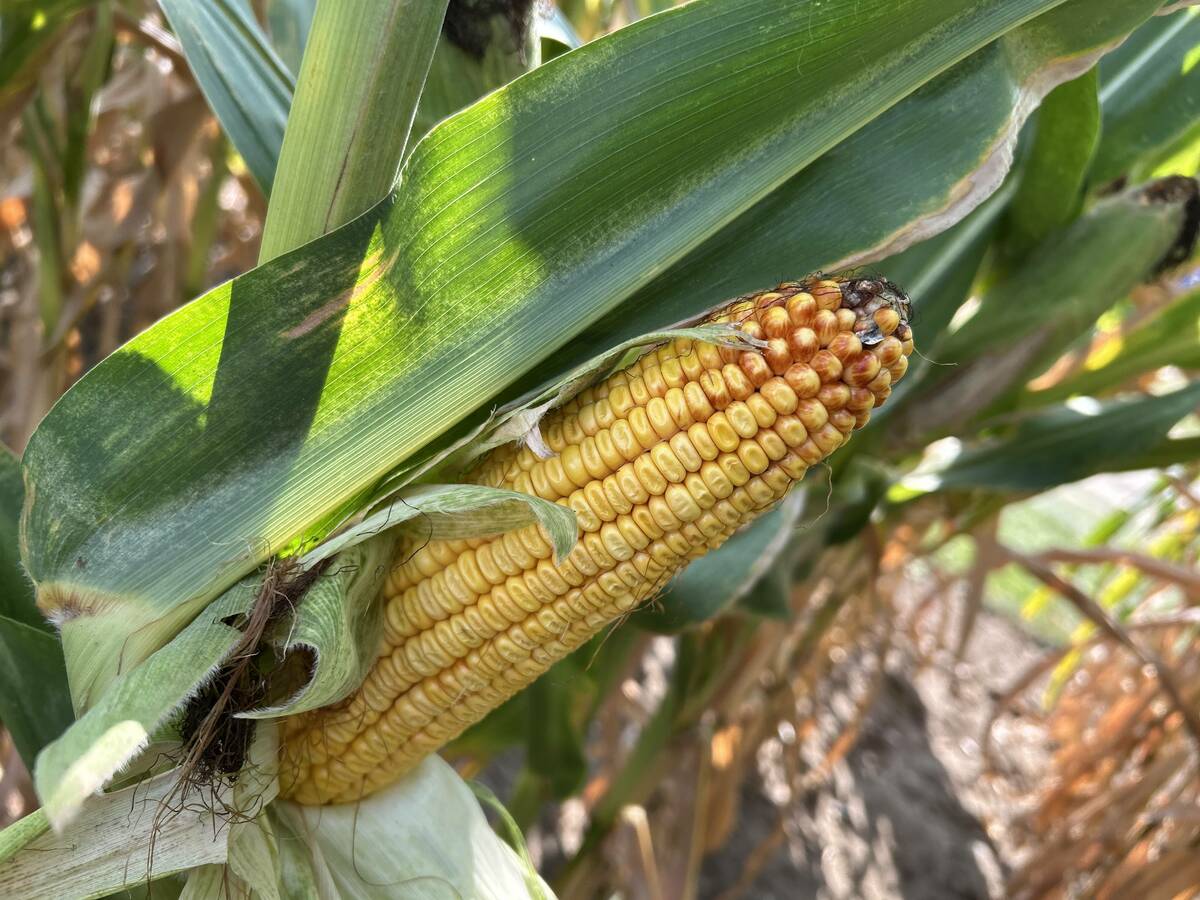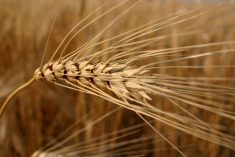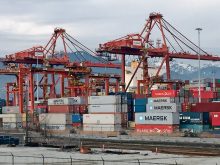Fourteen months after going all-electronic, the Winnipeg Commodity Exchange is still in business.
Its managers say that not only did the exchange survive, but its success has proven the rationale for changing was sound.
“All the reasons that we moved to electronic trading are beginning to bear fruit, helped along by a pretty good commercial situation,” said exchange senior vice-president Will Hill.
On Jan. 31 the exchange posted a new record for daily trading – 33,381 contracts compared to the previous record of 31,957 in February 2001 – and the second-best January trading volume ever, far above 2005’s dismal results immediately after the transition.
Read Also

Crop estimates show mixed results
Model-based estimates used by Statistics Canada showed the 2025/26 crop year has seen increases in canola, corn for grain, oats and lentils production while seeing dips in spring wheat, durum wheat, soybeans and barley in comparison to 2024/25.
This January’s all-contracts trading was 52.1 percent higher than in January 2005, and canola futures volume was 67.3 percent higher. The canola contract was the worst hit by the transition to electronic trading.
Some of the locals have made the transition to the electronic system, and they’ve been joined by about two dozen commodity funds and other, larger speculators.
That’s where the volume recovery and expansion has been dramatic.
“Our growth has come from exactly where we said it would come from: increasing the access of our market to the world,” said Hill.
The exchange now has four “liquidity providers” registered. These companies regularly buy and sell contracts through the day, hoping to profit from correctly anticipating market momentum. By trading so often, these companies make it easier for other exchange users to buy and sell contracts. The WCE gives these liquidity providers reduced fees because of the value they bring to other traders.
The big 2005 canola crop is also helping build volume, Hill said.
“Non-participant” traders at the exhange, such as hedge funds, general commodity funds and retail investors, now make up more than 30 percent of the volume, compared to just over 20 percent before the change.”















